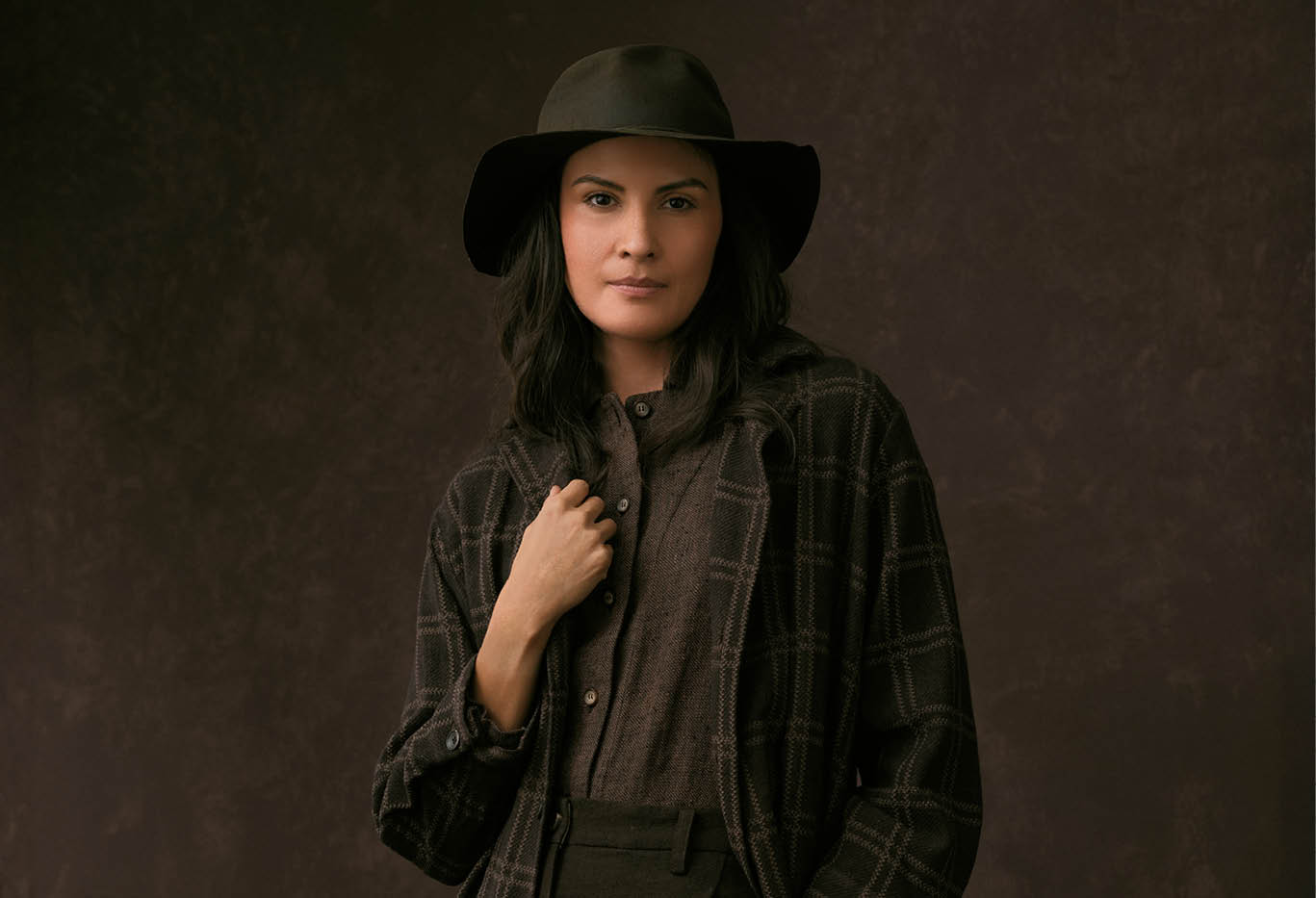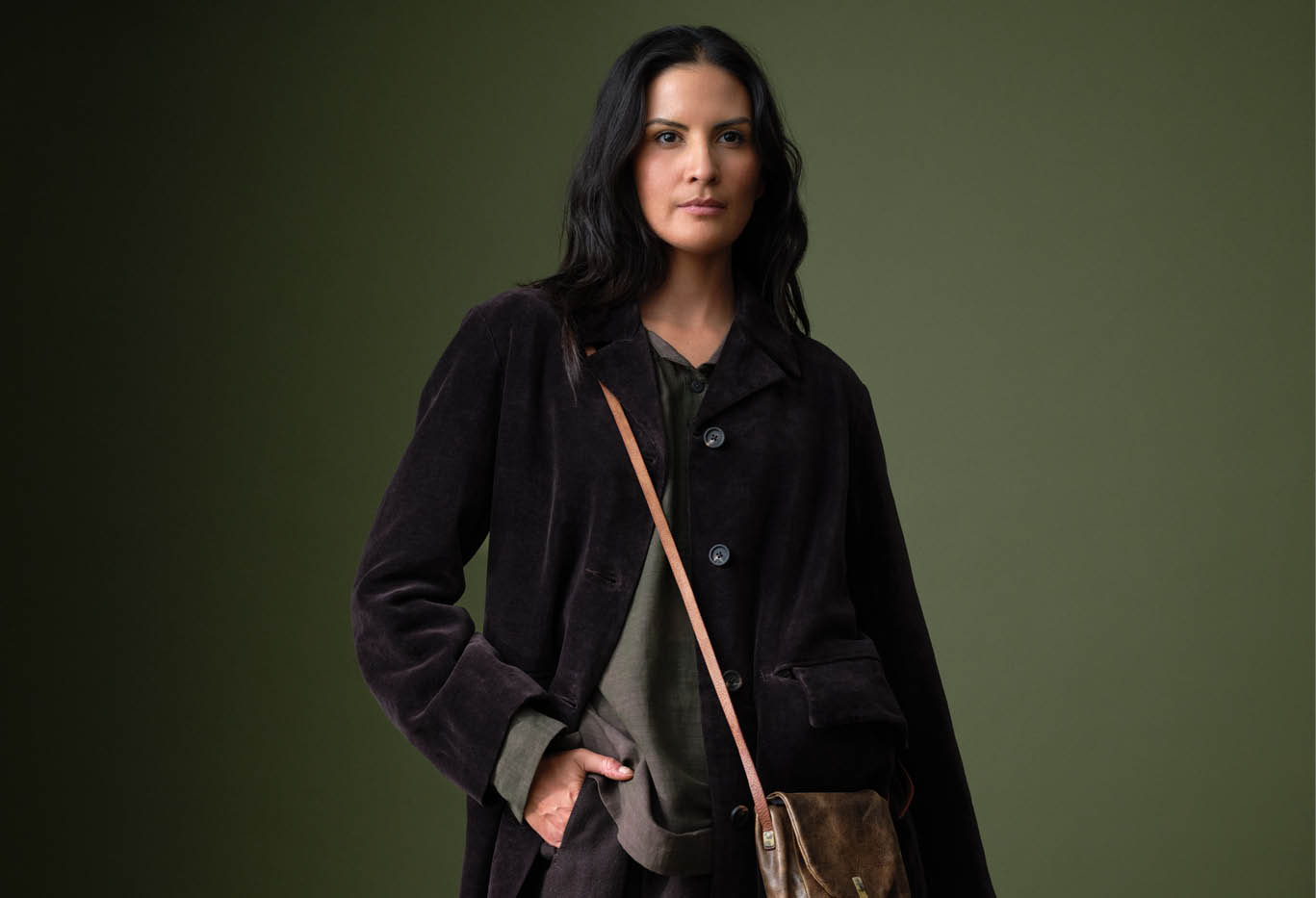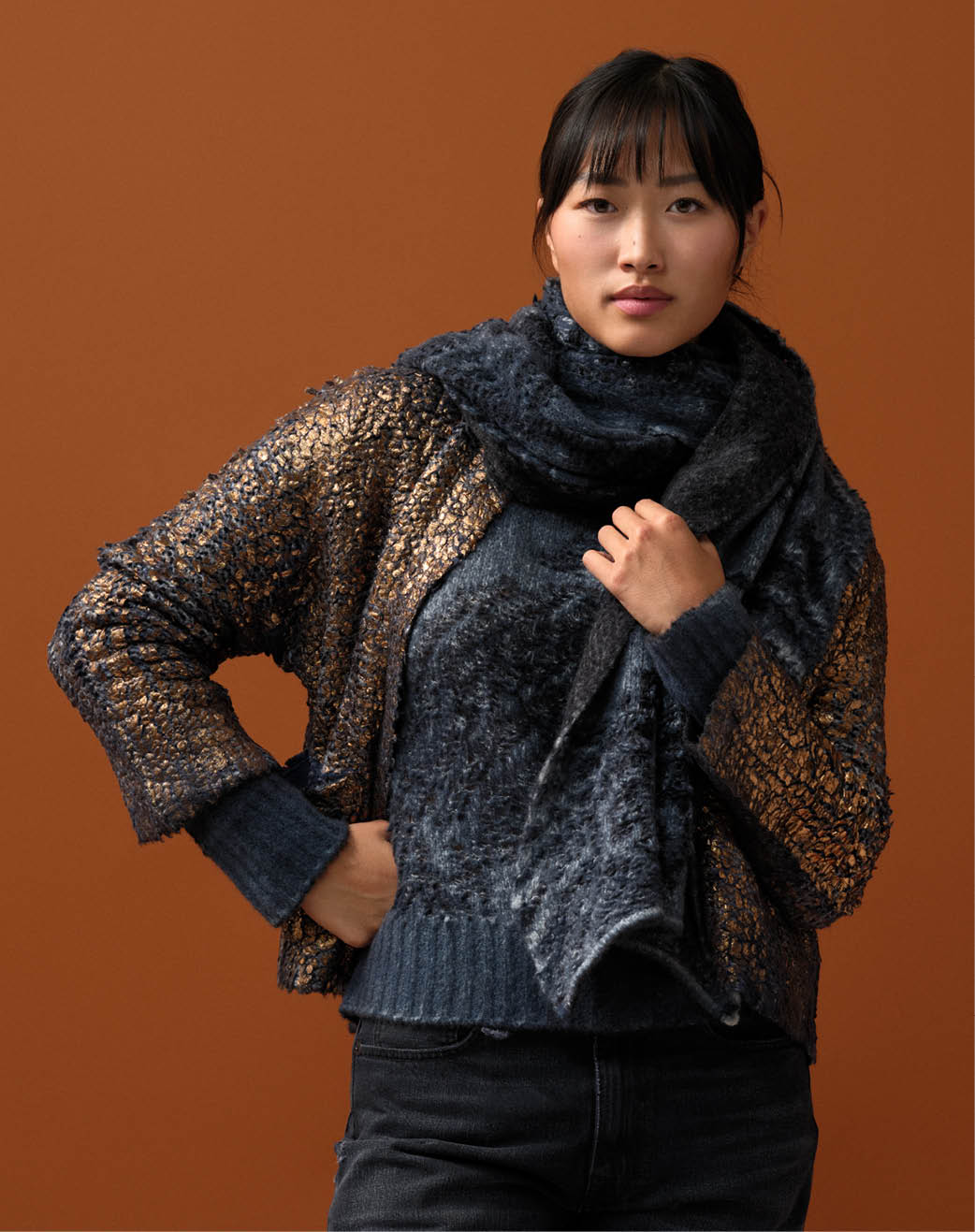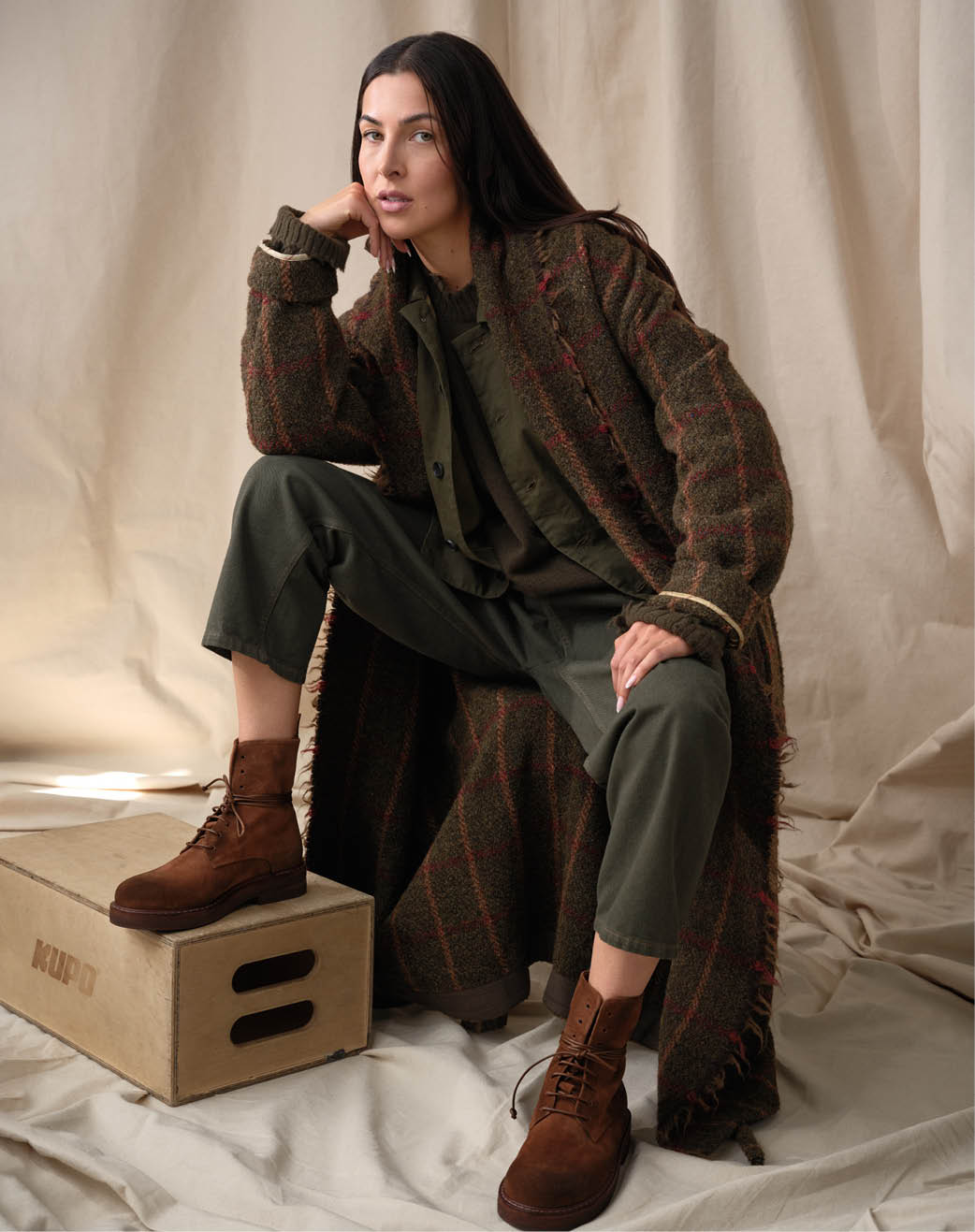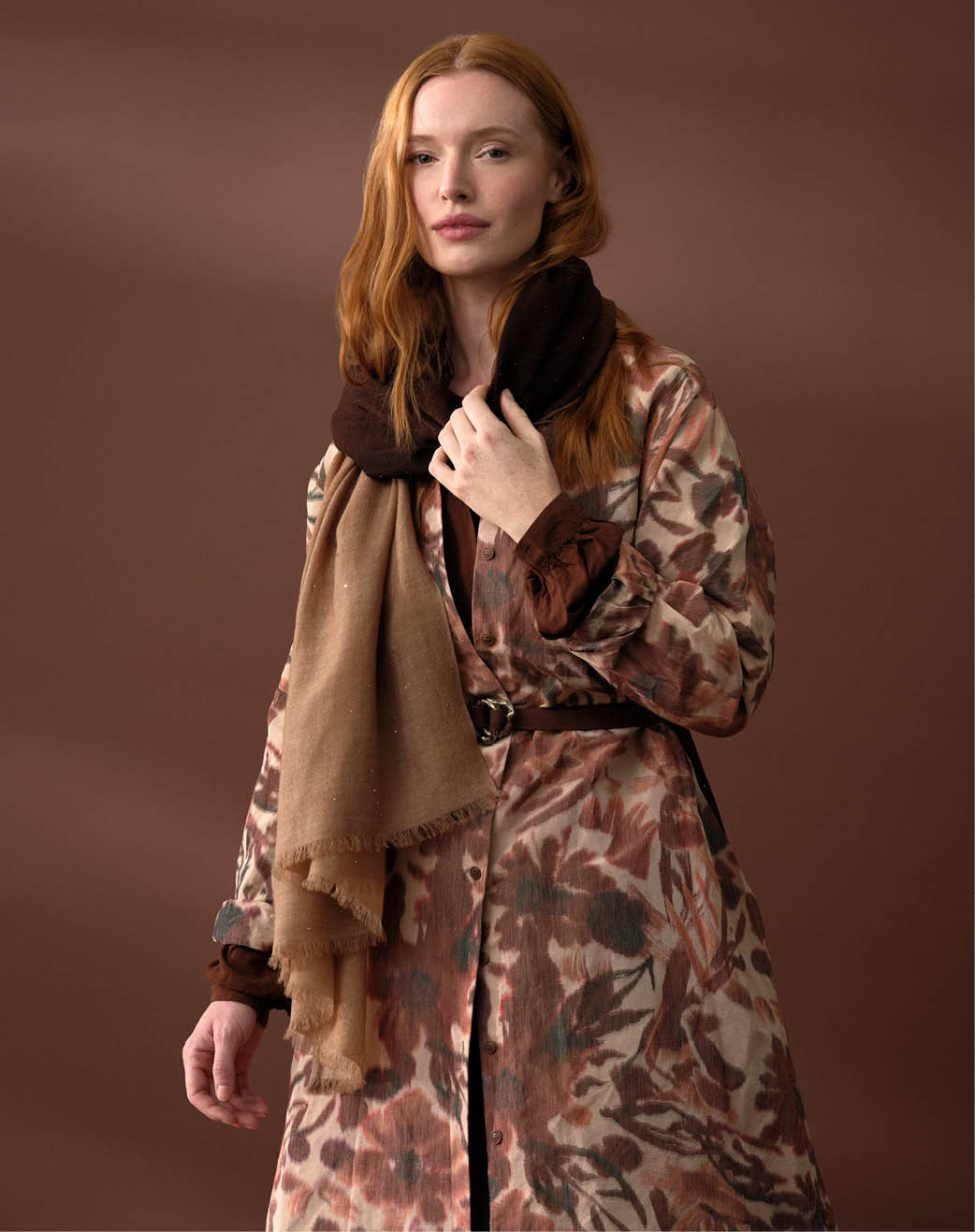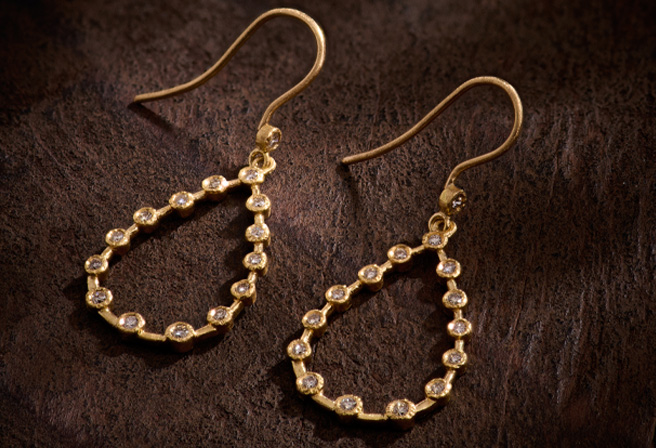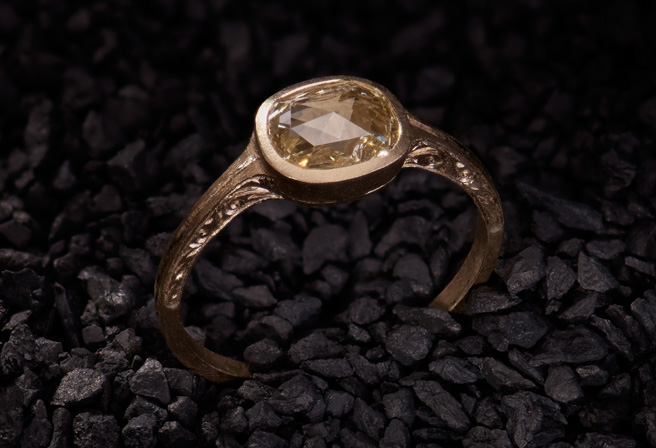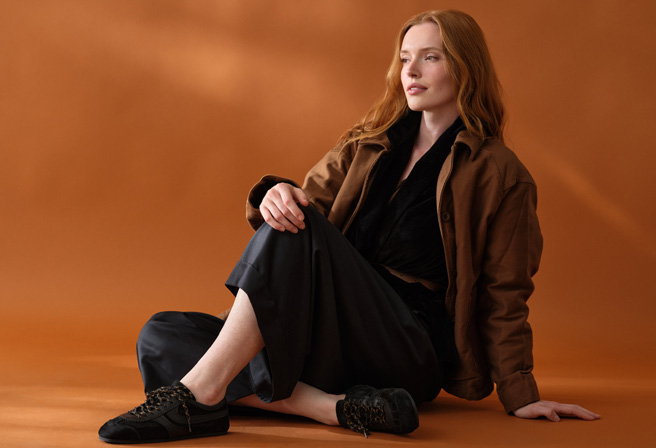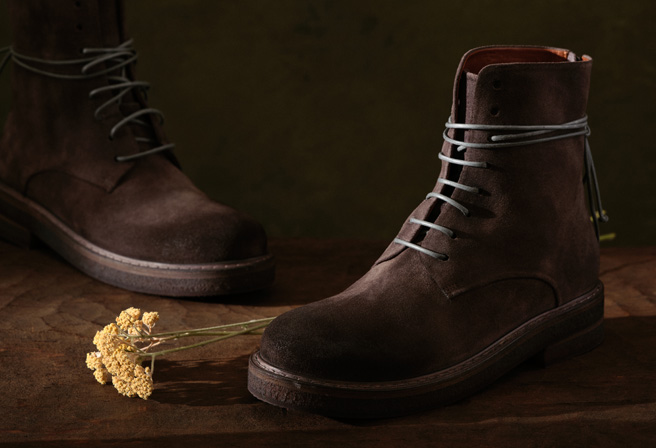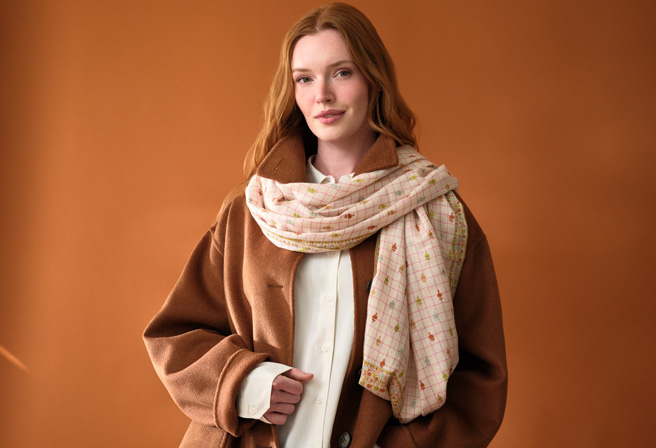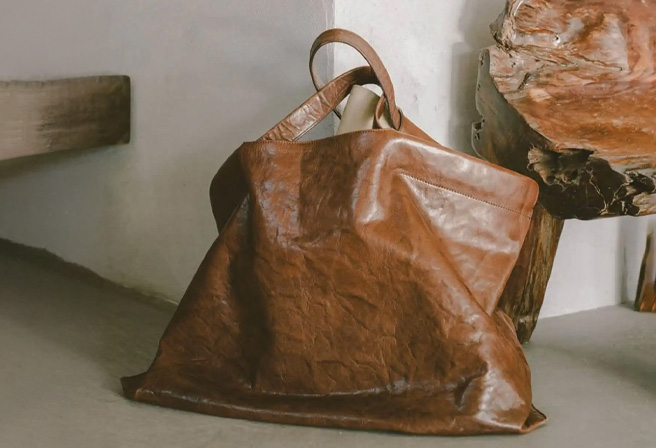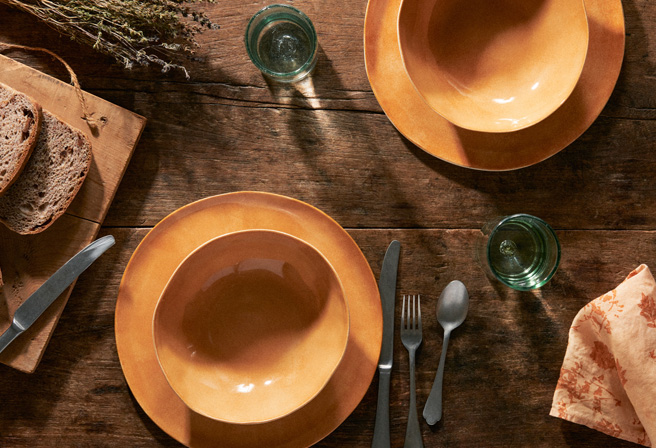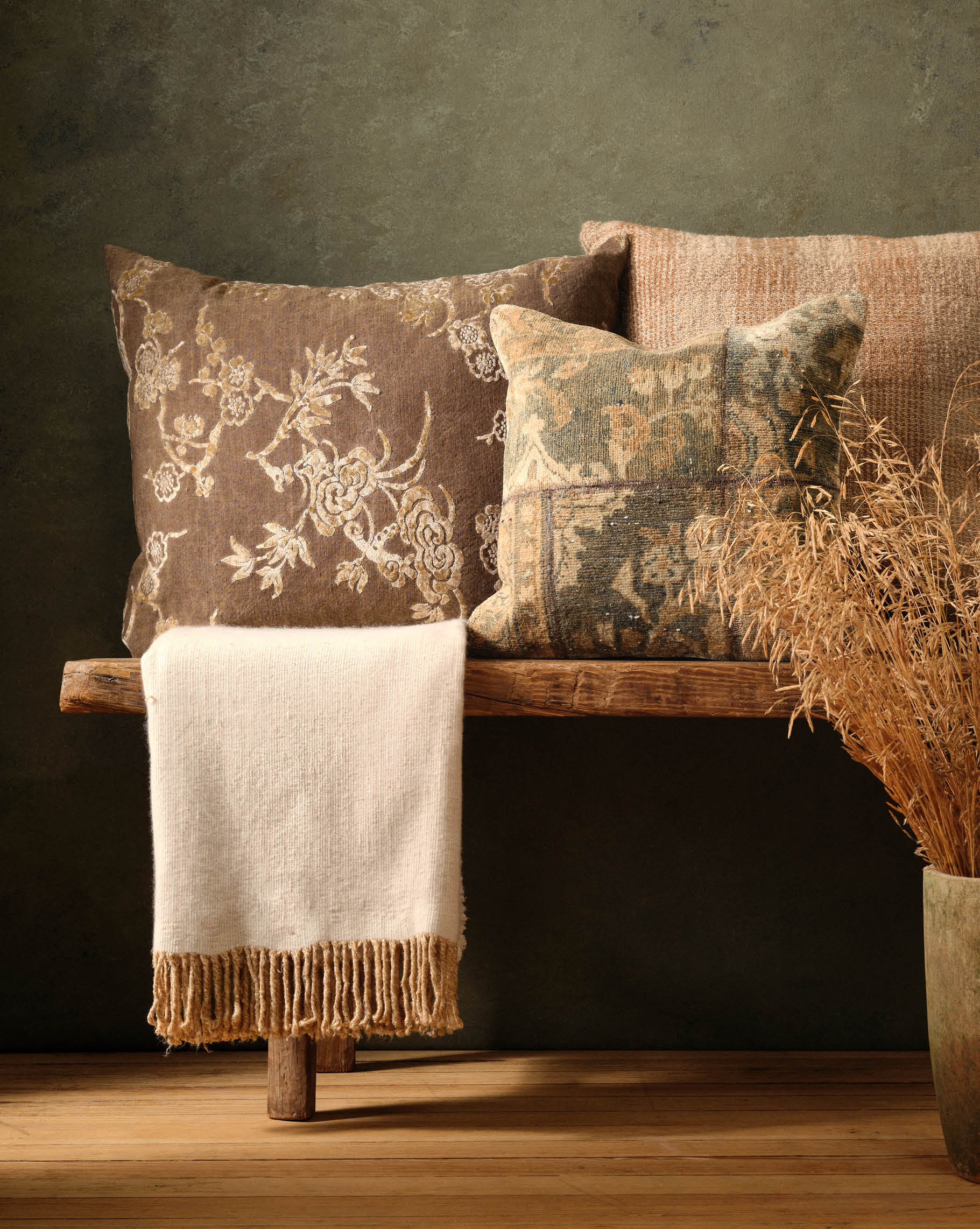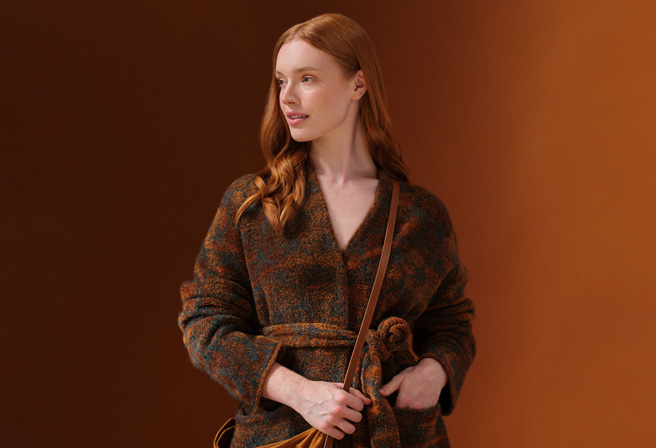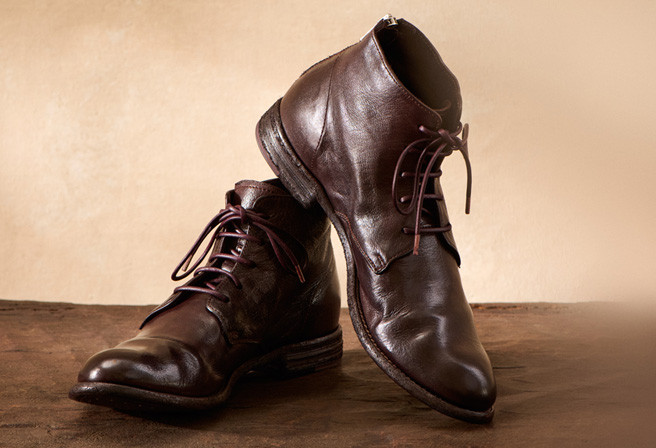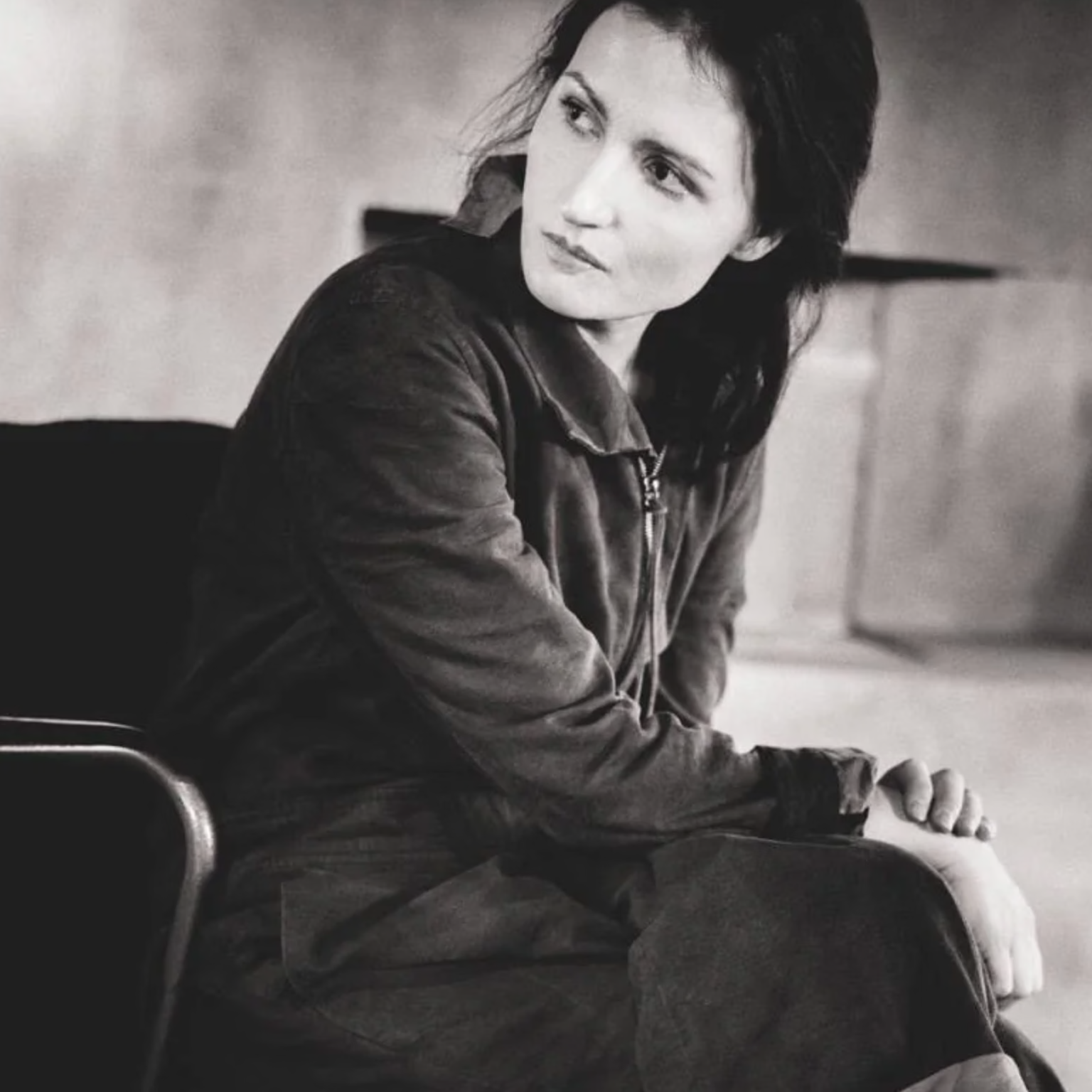The International Folk Art Market inspires love for the textiles of the world. All manner of handmade fabrics are celebrated at this annual fête, from kantha to batik to shisha to suzani.

Among them is one of our favorites: the deep cobalt of indigo-dyed cotton and silk. Coveted for its medicinal qualities and its rich colorations, indigo exemplifies both ancient tradition and cool, global style.

Indigo traditions span the world, although the deepest histories of this technique are found in West Africa, India, and Japan. Boro, a tradition that dates back to 10th century Japan, is a type of fabric made from sewing worn indigo-dyed scraps together to make something new.


A twinned blue, turquoise has an undeniable synergy with the indigo fabrics of Japan. In fact, Japan ranks as one of the top markets for turquoise, with a collector base specifically interested in unique stones. Tibetan, Royston, Sleeping Beauty and Persian turquoise fetch the highest prices from Japanese collectors.


As the fashion melting pot mixes across the world, we consistently find ourselves attracted to the intersections of ancient and modern. Japanese Boro and Sashiko, cleanly-made contemporary denim and the serene turquoise of the American Southwest are poised at these crossroads, and with this combination they form a unique and breathtaking global style.

